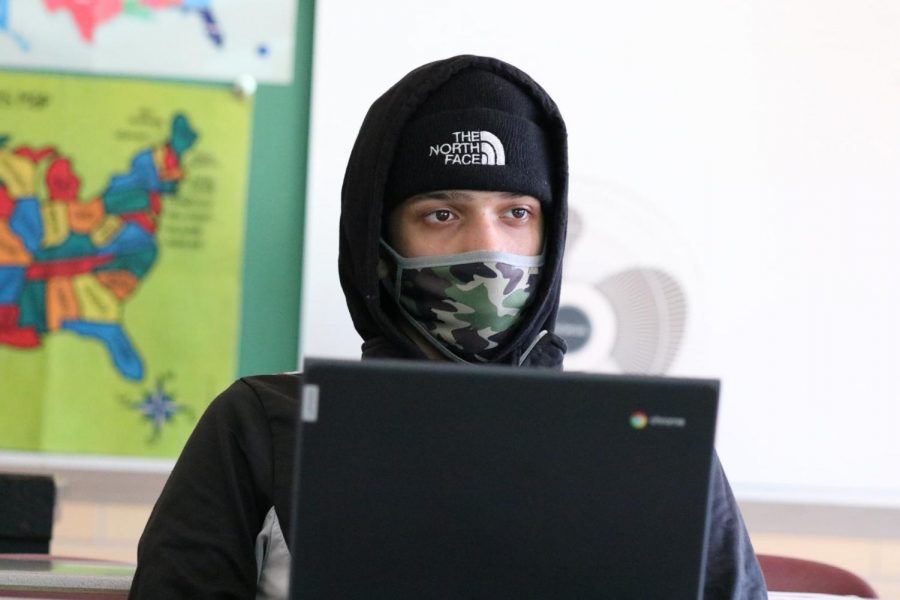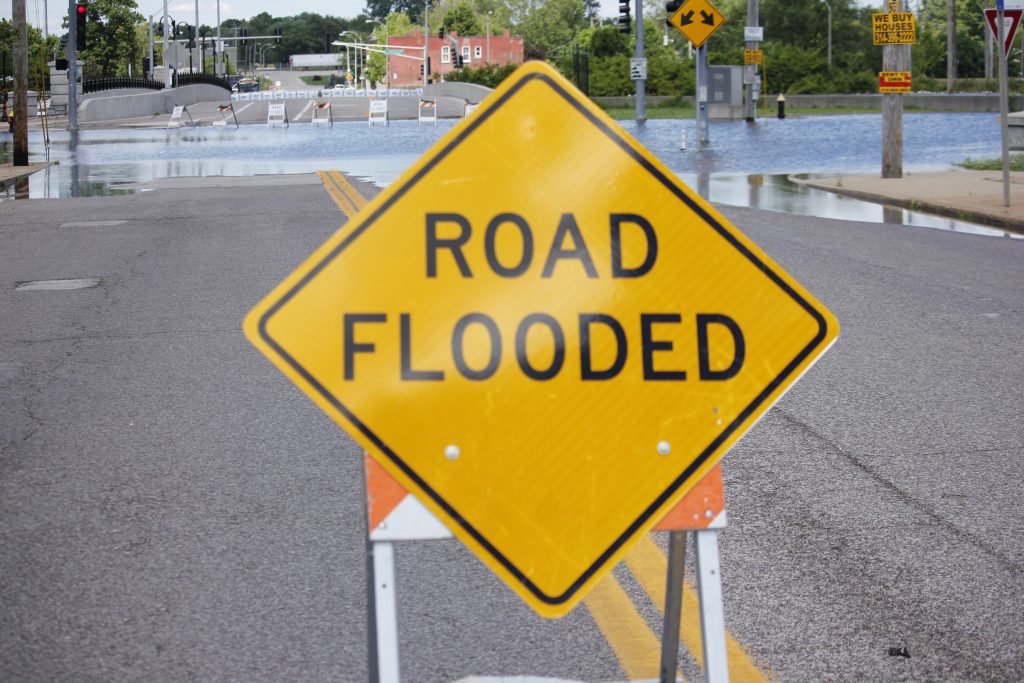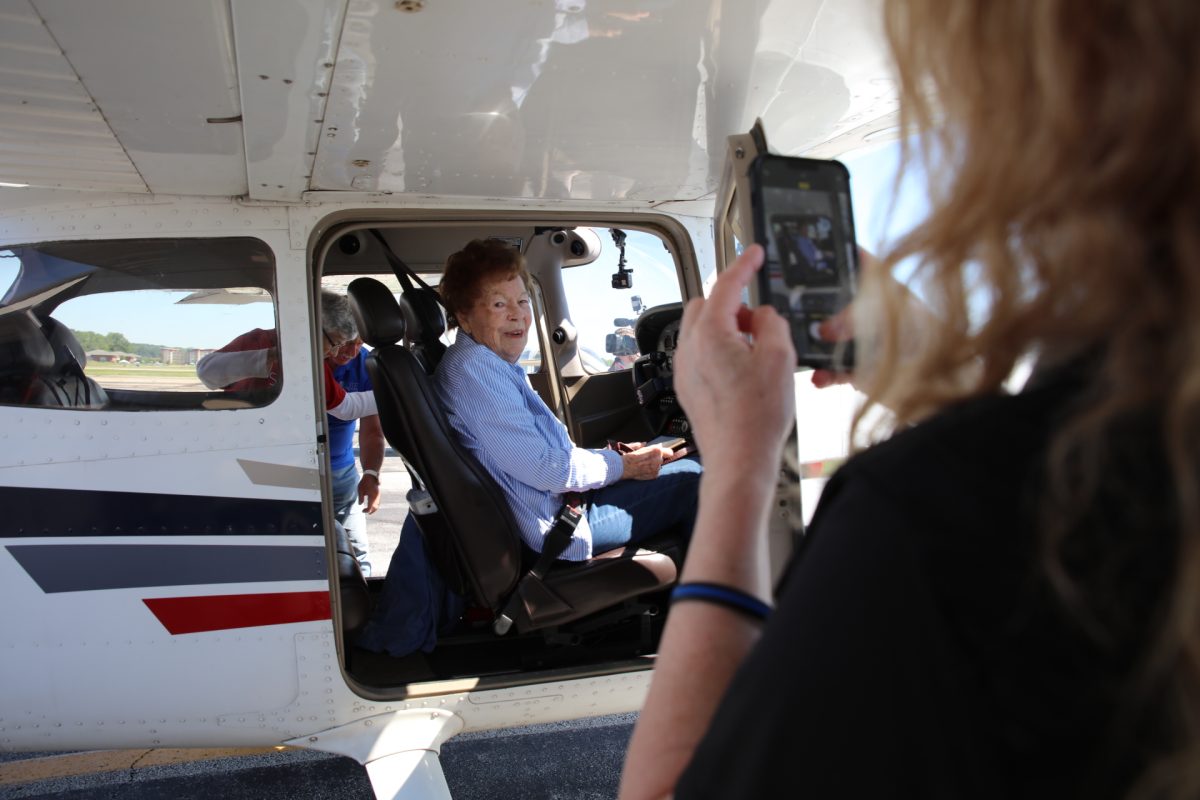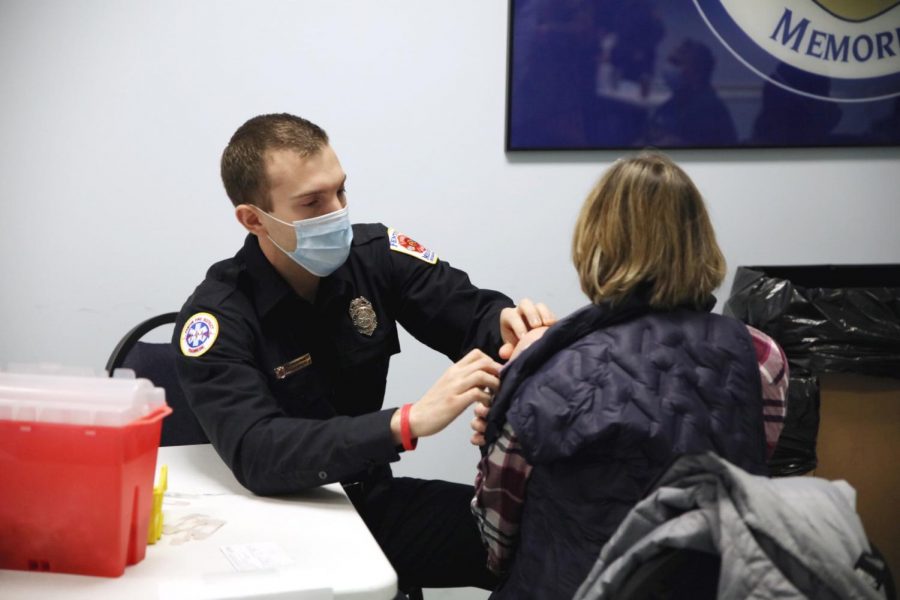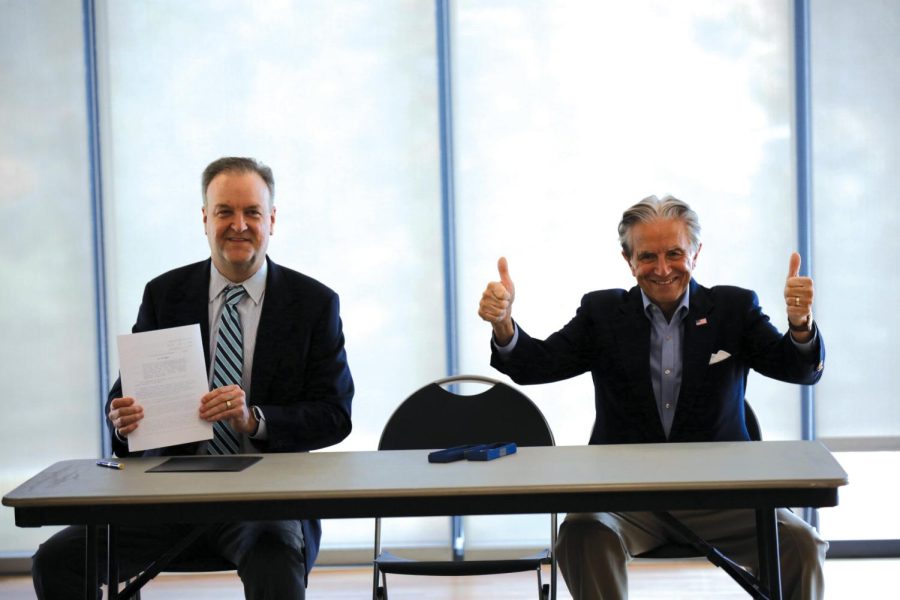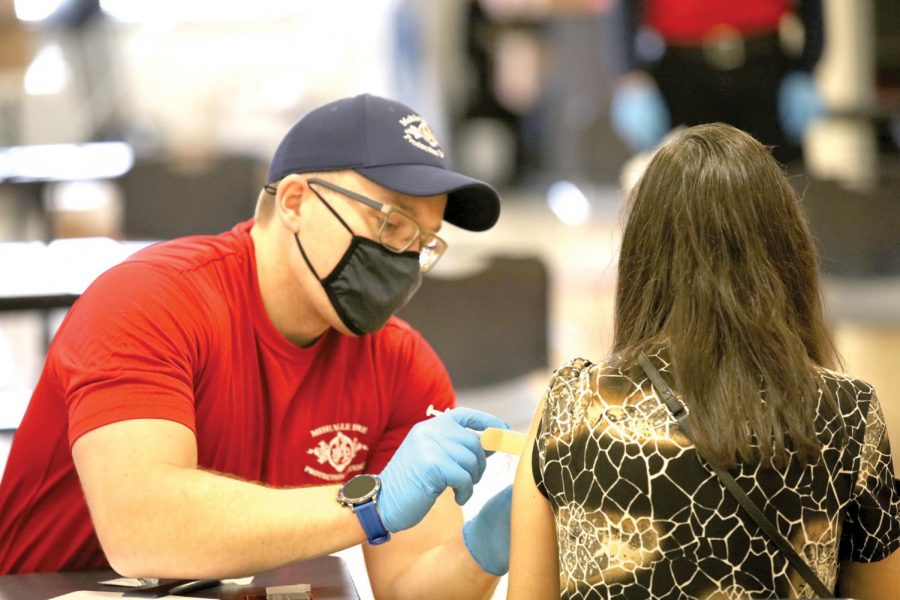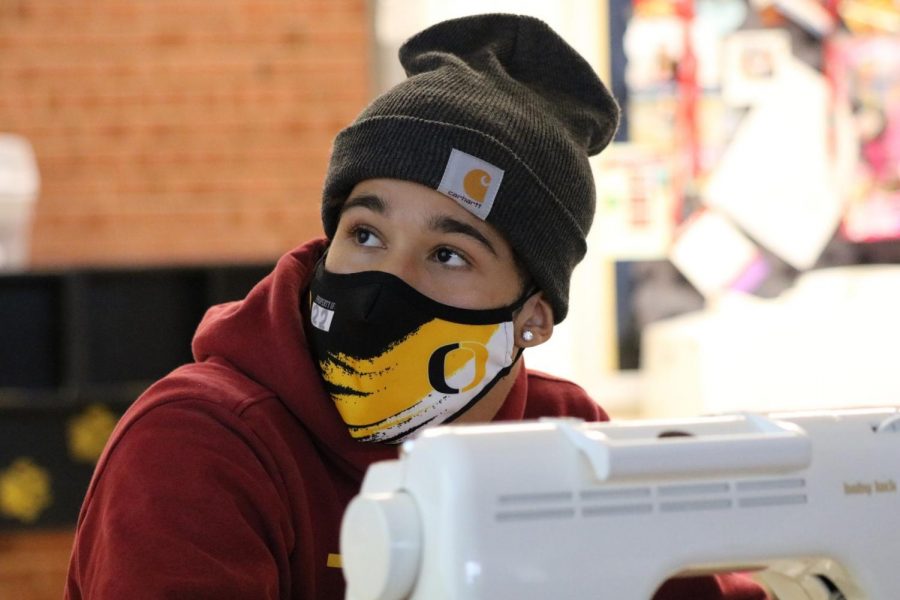The Mehlville Board of Education voted in a special meeting Jan. 4 to make modifications to its masking requirements for students and staff, ahead of students’ return to school from winter break.
The Board of Education voted unanimously to require masking for students in all buildings until Jan. 17, before moving to a mask-optional environment dependent on individual buildings’ positivity rates. Additionally, all district staff must wear face coverings regardless of vaccination status.
Previously, the board had voted on a resolution in December to move to a “mask-recommended” environment for all students Jan. 17. The district’s two high schools, Oakville and Mehlville, were able to go mask-recommended Dec. 23. Under the December resolution adopted by the board, buildings would be required to mask for two weeks if that building’s positivity rate reached 1-percent or higher.
“Throughout the pandemic, we have seen that when we announce changes weeks ahead of implementation, conditions change, making the changes sometimes more difficult. A number of school districts … have announced changes,” Gaines said at the Jan. 4 meeting.
“Our pre-K through eighth students are masked and will remain so this week and next, pursuant to the board’s actions. … Both high schools were slated to be mask-recommended but adult and student cases put them over the threshold and they will be masking for the next 10 school days. Cases among our students and adults are the highest they’ve ever been.”
Dec. 19 through Jan. 2 COVID data for the district shows 63 positive cases among staff and 47 positive cases among students. Countywide as of Jan. 10, an average 2,415 new cases are being reported each day, with a 36.8 testing positivity percent.
Gaines told the board that it was staff’s recommendation to move the entire district, preK-12, in line with the Jan. 17 date to move to mask optional. From there, masking will be judged on a case-by-case basis for buildings based on the 1-percent positivity threshold.
“When we look at using the 1-percent threshold, we would expect to see a fairly quick divergence among masking status in our schools. In this version of the resolution, we’re also denoting a face-covering requirement for district employees, and we think this could reduce spread and help maintain staffing levels in the short term,” Gaines said.
On Jan. 4, the Centers for Disease Control updated its quarantine and isolation guidelines to five days for asymptomatic and mildly ill people, followed by continued masking for an additional five days.
“Our policies also reference that the district will follow the guidance of local health departments. That guidance changed recently. … While there are some intricacies in the details, the general ideas are that the isolation period is now shorter for those who are symptom-free and that close contacts should wear face coverings,” said Gaines. “So many employees are positive that the move from 10 days to five days for isolation should help somewhat. We’re seeing across the country however that districts are struggling to staff their schools and their bus fleets.”
The five-day isolation period for asymptomatic people applies to all students and staff, regardless of vaccination status.
Board President Kevin Schartner floated the idea of making it part of the resolution that masks be surgical level or higher since the Omicron variant is more infectious, but the board felt that would create an unfair barrier to students and staff who might not be able to access them.
“I’m not sure the best thing to look at going forward … but I think right now, all indicators are pretty bad though. We see this infectious variant that tore through South Africa in about a month. … This is something that is coming in very fast and is probably not going to last very long, which is both good and bad,” Schartner said.
The Board of Education will continue to review the resolution every 21 days, following state law that health orders be reviewed and voted upon every 21 days when the state is not in a state of emergency. Gov. Mike Parson ended Missouri’s state of emergency Dec. 31.
“There is some disagreement among school attorneys on whether the law applies, but we have played it safe and acted like it has,” said Gaines.
The board is scheduled to meet at least nine more times through the rest of the school year. Most meeting dates align with the board meeting calendar but Gaines said that an additional meeting would have to be added sometime in late March or early April to review the resolution within the 21-day time frame.
















